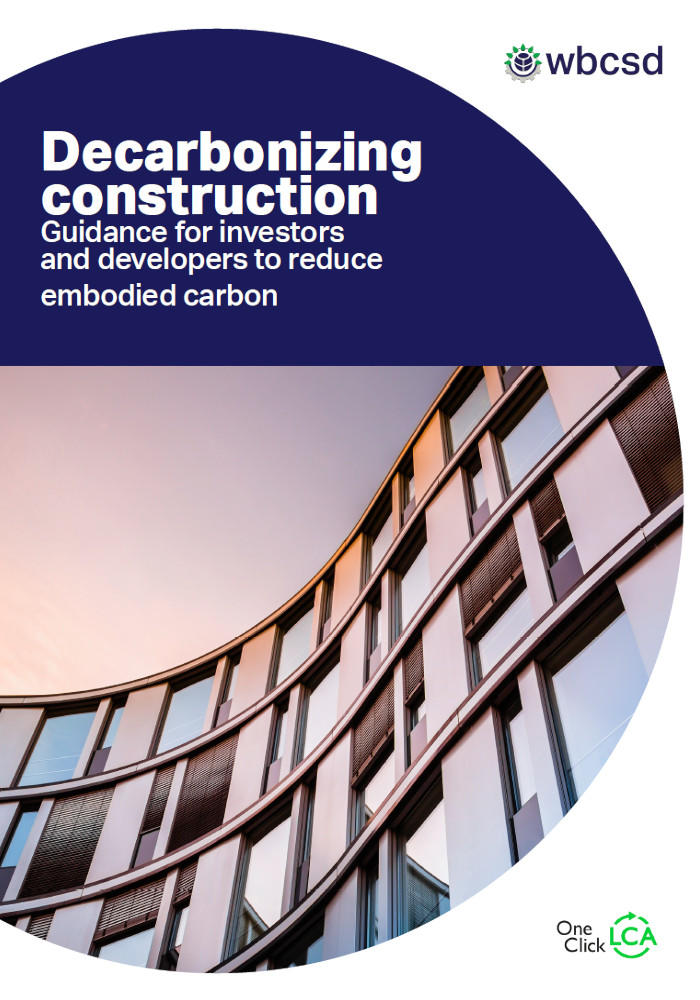
A large part of the construction sector’s emissions come from building products and materials – referred to as embodied carbon. Embodied carbon is increasingly becoming the focus of regulatory bodies, making it a risk factor for developers and investors to price into construction projects.
This report provides guidance on how to reduce embodied carbon in buildings. The report targets developers and investors who have a unique opportunity to shape demand and drive transformation at the early stages of building projects. By doing so, they can significantly reduce the “financed” emissions across different asset classes they are invested in.
The report provides over 50 embodied carbon-reduction policies and best practices that investors and developers can adopt for their projects and guidance on how to use them. We have grouped each measure into one of the following five categories.
1. Create a carbon policy that sets out consistent requirements for all projects to follow.
2. Set targets and transparency requirements for projects to meet across all their phases.
3. Prioritize circularity – that is, less new building and more reuse and refurbishment.
4. Design optimization to use less material and to choose materials with a low carbon footprint.
5. Low-carbon procurement to ensure acquisition of materials with a low carbon footprint.
Developers and investors can use the guidance as it stands or adapt it to their needs. The measures and requirements are flexible and can easily be combined with different green building certifications or sustainability reporting systems.

